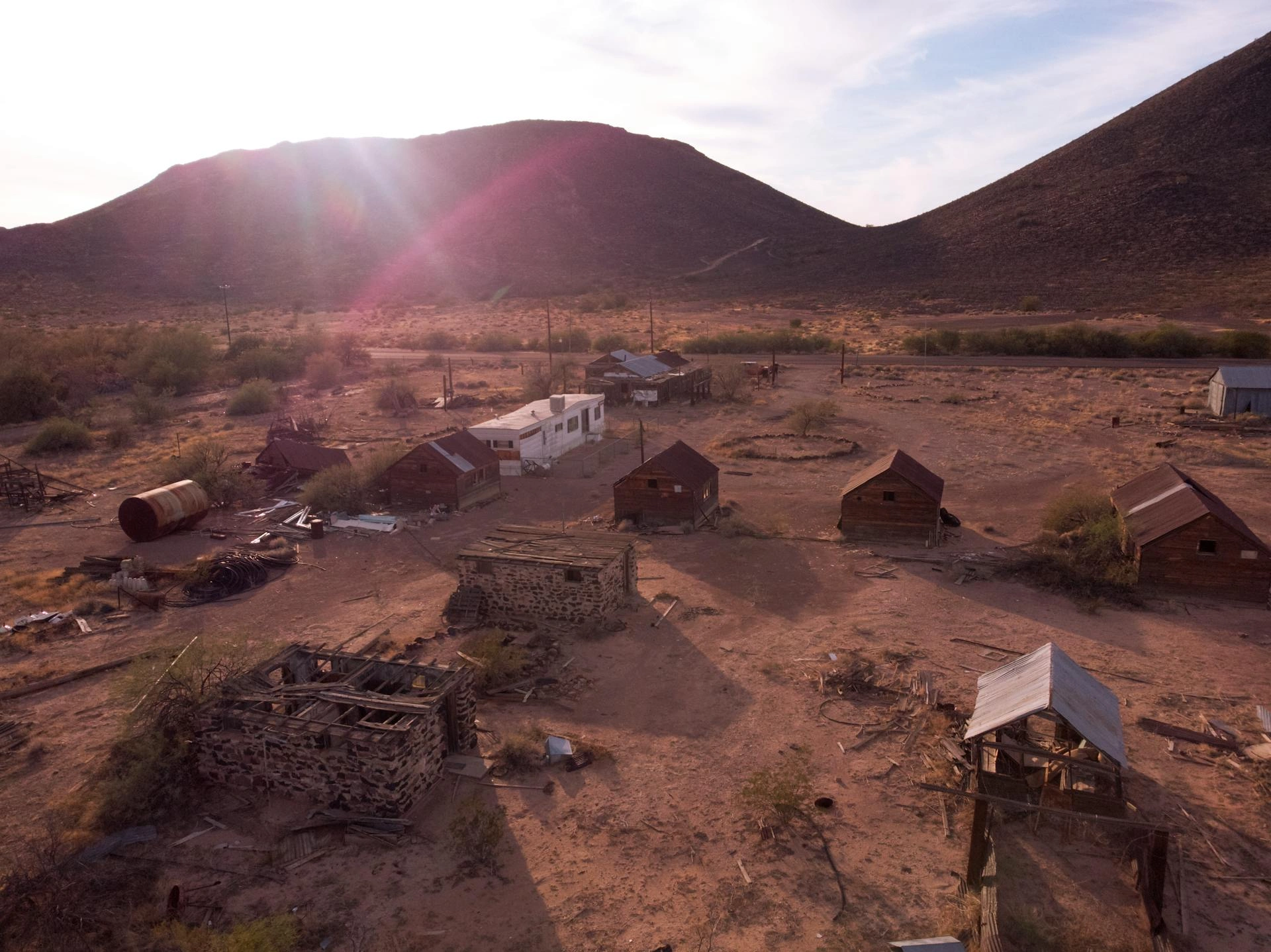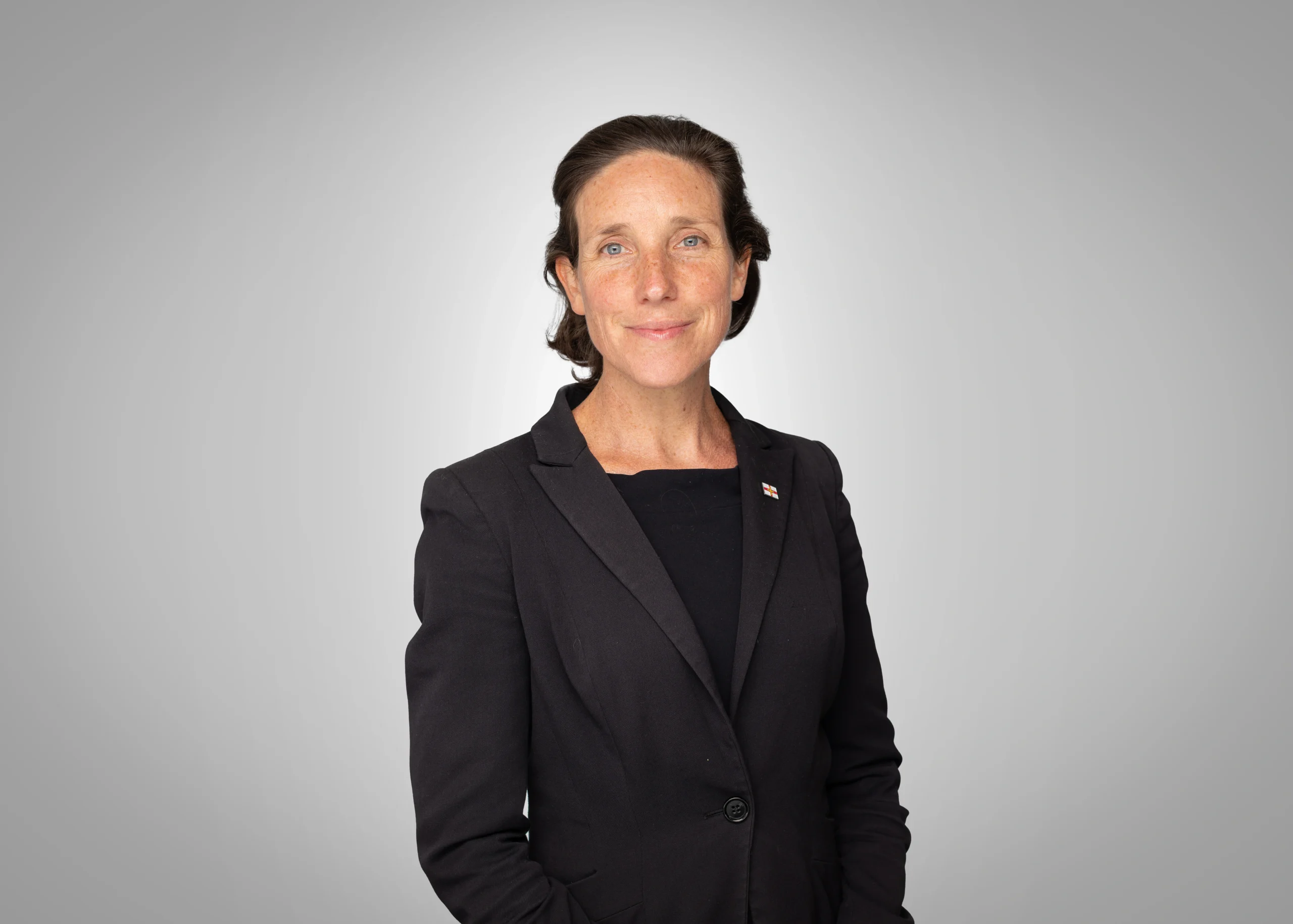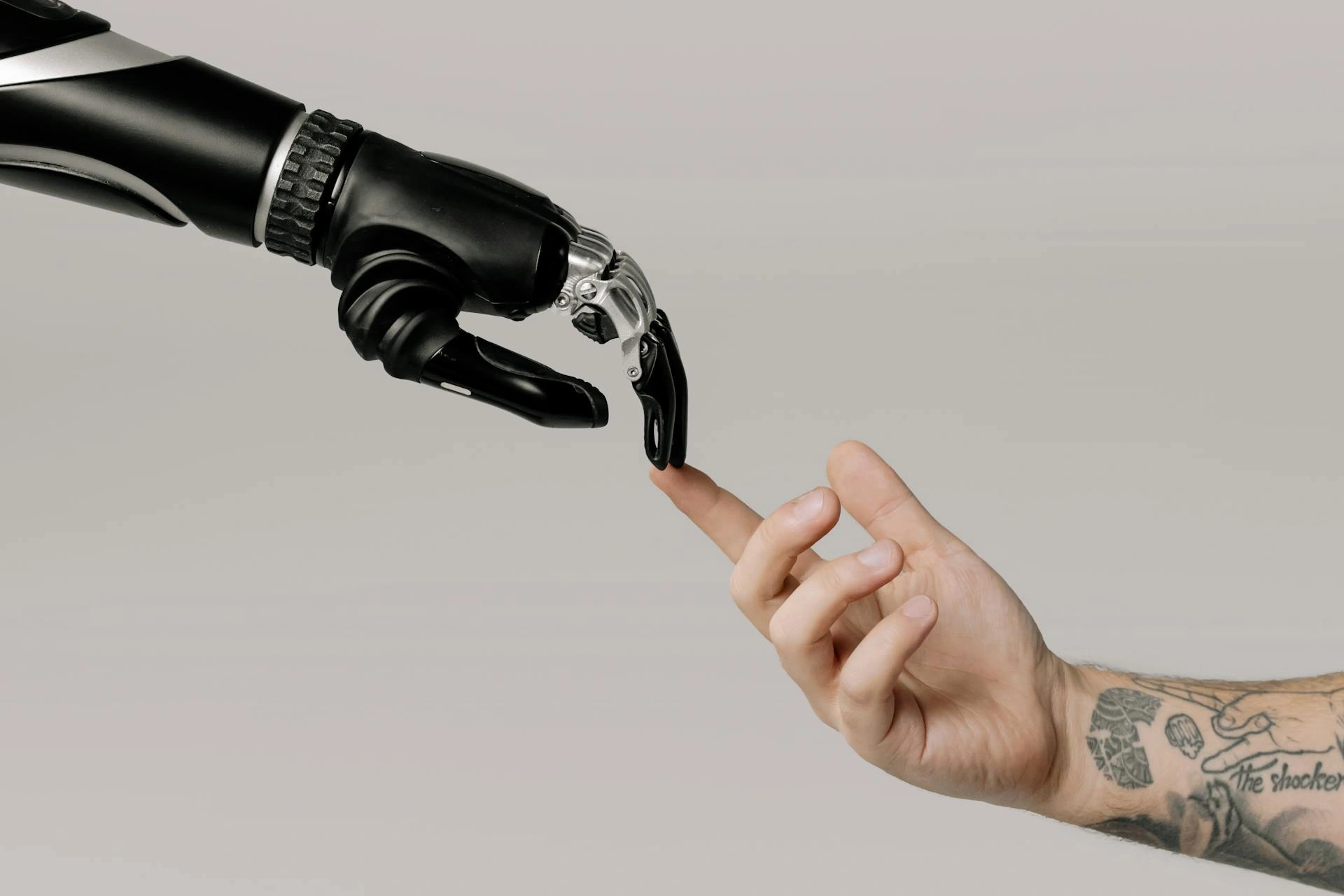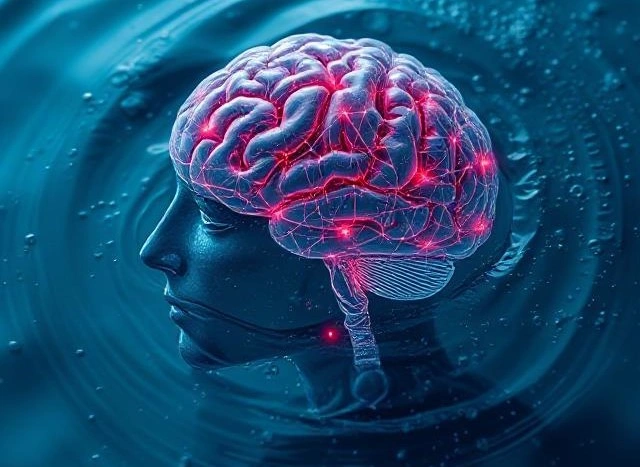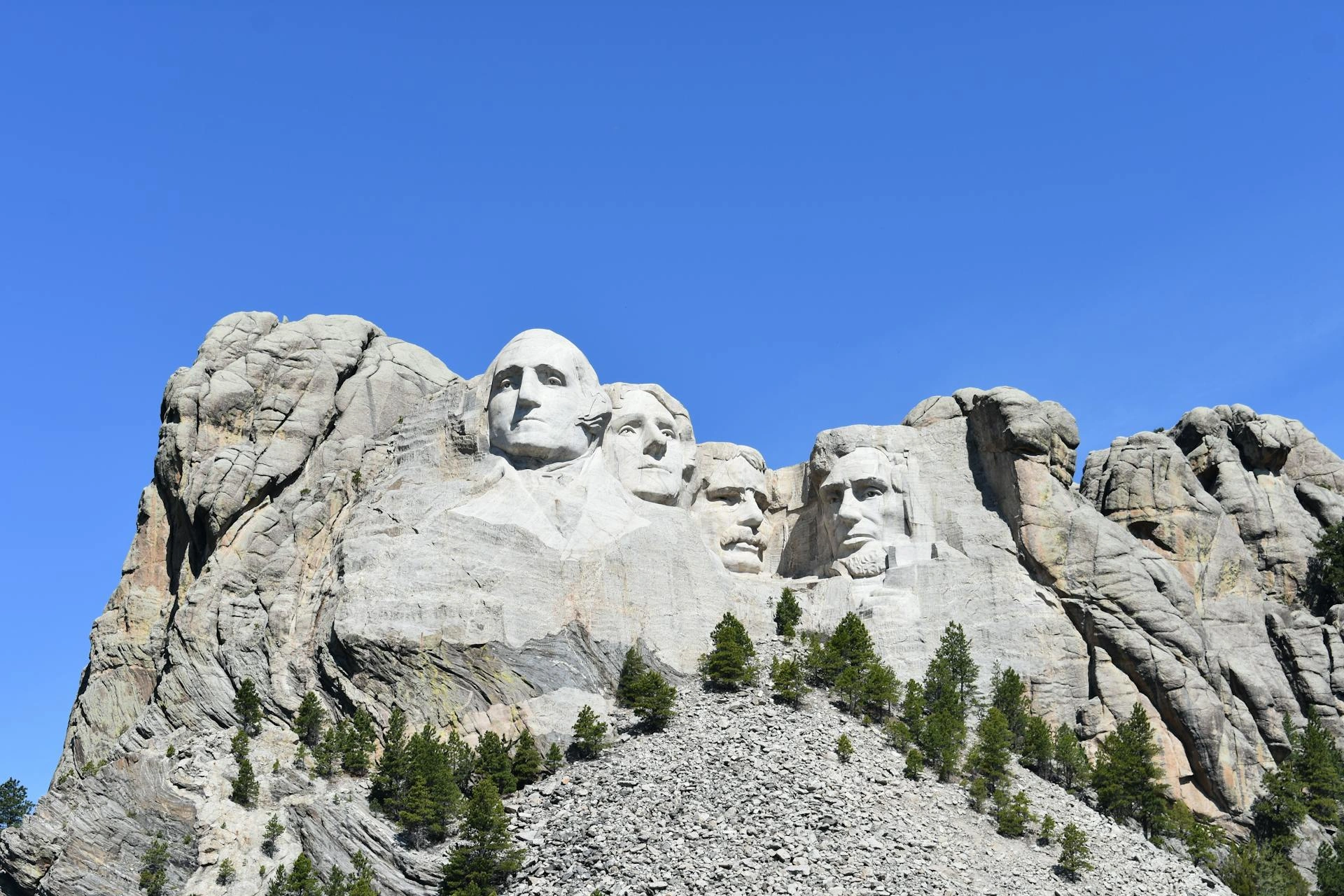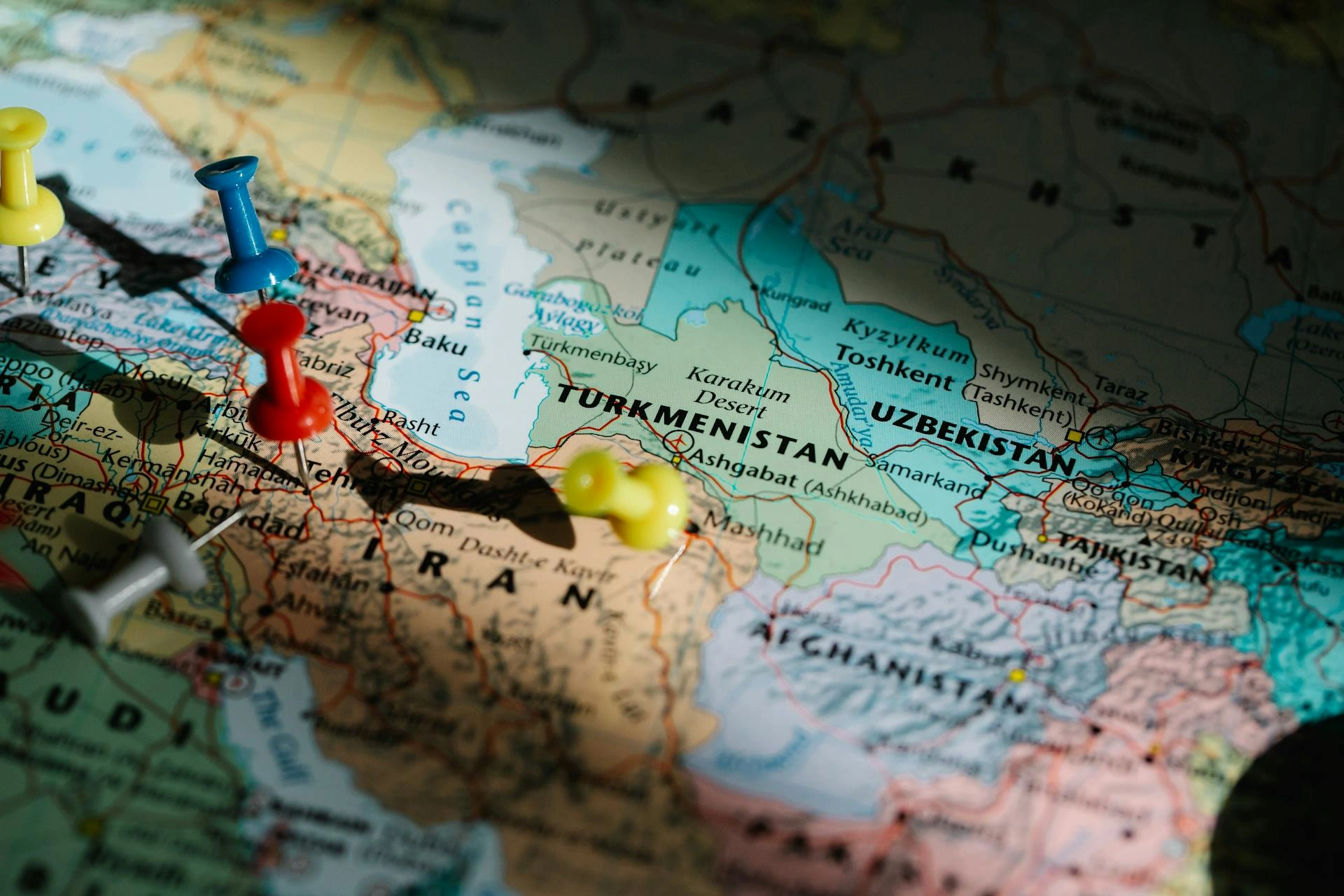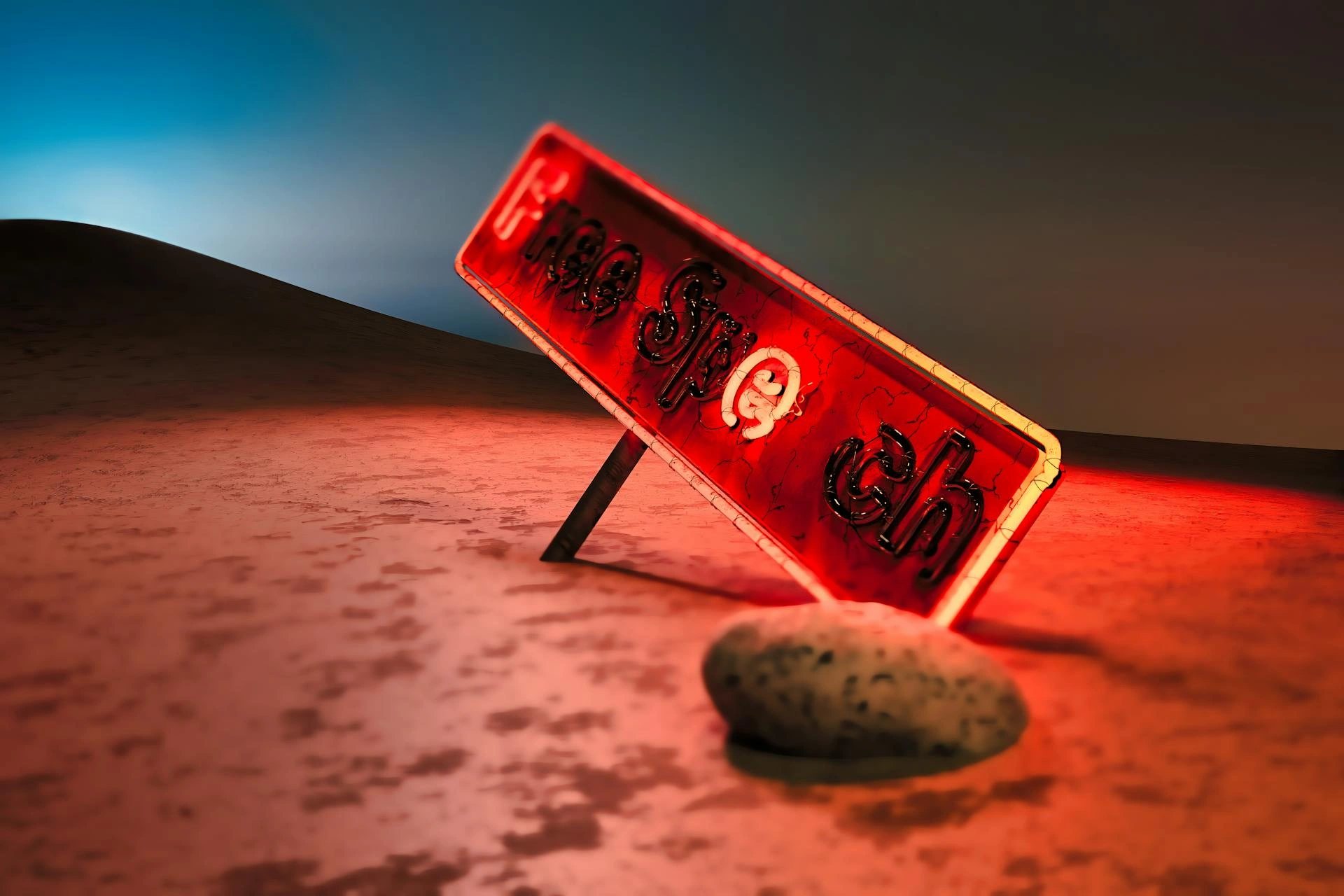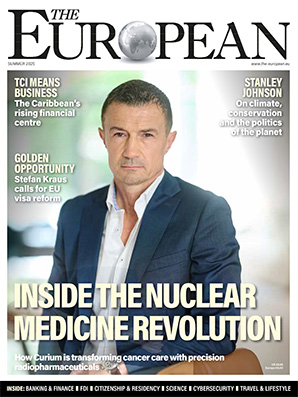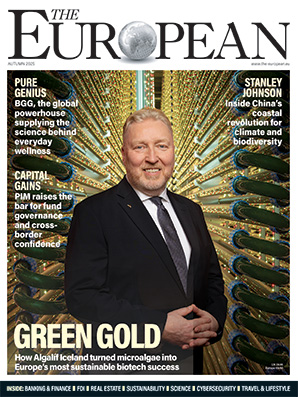10 Mindfulness Activities for the Workplace

Andrew Horn
- Published
- Home, Mental Health, Opinion & Analysis

Mindfulness Matters. To stay calm, focused, and able to adapt to shifting situations with an open mind gives business leaders a powerful and competitive advantage. It’s a skill which, went learnt, can decrease stress levels and prevent burn-out, improve decision-making, and lead to increased employee engagement and efficiency.
From the conventional to the unorthodox, acclaimed British writer and playwright Andrew Horn, a former Hare Krishna monk, shares his top 10 mindfulness at work activities to promote personal wellbeing and enhance staff productivity.
1. Mindful Breathing Exercises
Activity: Take a few minutes to focus on your breath. Inhale deeply through your nose, hold for a few seconds, and exhale slowly through your mouth.
Duration: 5-10 minutes.
Andrew says: “Mindful breathing exercises can reduce stress, improve concentration, and calm the mind. It’s the simplest mindfulness activity going – and your colleagues won’t have the slightest clue you’re doing it.”
2. Guided Meditation Sessions
Activity: Take part in short guided meditation sessions, using a meditation app like Headspace or Calm
Duration: 10-20 minutes.
“Guided meditation sessions are a great way for beginners to mindfulness to get involved. They’re short and inexpensive, and can help to enhance focus, clarity, and emotional resilience,” Andrew says.
3. Mindful Walking
Activity: Take a break from the office to walk slowly and deliberately, paying attention to each step and your surroundings.
Duration: 10-15 minutes.
Andrew says: “If you’re desk-bound, getting up and enjoying a few minutes of mindful walking will help to improve posture and physical wellbeing, as well as improving focus and reducing overall stress levels.”
4. Mindfulness Breaks
Activity: Set a timer for a few minutes every hour to pause and check in with yourself. Notice your thoughts and feelings without judgment.
Duration: 1-5 minutes.
“Just like mindfulness walking, mindfulness breaks are a must – especially if your work is stressful. A short mindfulness break can reduce burnout and increase self-awareness,” Andrew claims.
5. Gratitude Journaling
Activity: At the start or end of the day, write down three things you are grateful for, whether personal or work-related.
Duration: 5-10 minutes.
Andrew says: “At the start or end of what’s likely to be a busy day, the idea of spending a few minutes writing a diary might sound unappealing. But believe me, those few minutes can really help to become more positive and to focus from stress to positive aspects of your life.”
6. Mindful Eating
Activity: During lunch or snack breaks, eat slowly and savour each bite without distractions (like phones or computers).
Duration: During meals.
“Grabbing a sandwich and eating it on-the-go, or devouring a plate of food quickly so we can get back to work. Sound familiar? Instead, try to think about the simple act of eating differently. Take your time, enjoy your food, and try to avoid digital distractions while you’re doing so. Mindfulness eating is about savouring the food, as well as the moment,” Andrew explains.
7. Body Scan Meditation
Activity: Lie down or sit comfortably and systematically focus on each part of your body, noticing any tension and releasing it.
Duration: 15-20 minutes.
Andrew says: “Our bodies are the most important and most valuable thing we possess. And yet few of us take the time to notice them. Mindfulness body scans are about focusing on your body and understanding it. This simple activity can substantially alleviate stress and make you feel calmer.”
8. Mindful Listening
Activity: Encourage active listening during employee meetings by having participants focus entirely on the speaker, avoiding distractions.
Duration: Ongoing.
“There’s the temptation when we listen to others to interrupt, chip in, or to offer a solution. Mindful listening is about really listening to what the other person is saying. It’s a great way to relax, to create lasting and meaningful relationships, and to reduce misunderstandings in the workplace,” Andrew says.
9. Digital Detox Periods
Activity: Designate specific times during the day when employees step away from screens and engage in non-digital activities.
Duration: 30 minutes to 1 hour.
Andrew explains: “We spend countless hours hooked on our digital devices every day. We stare at screens throughout the working day, and turn to them for relaxation on the commute and at home, too. But devices aren’t good for our mental wellbeing or, some studies suggest, on our health. Mindful digital detox lets us escape back to the present and enjoy what’s actually happening around us in the here and now. It also reduces eye strain, promotes mental clarity, and fosters creativity.”
10. ‘Hare Krishnaring’
Activity: Chant, sing, speak, hum or silently read the following chant: “Hare Krishna, Hare Krishna, Krishna Krishna, Hare Hare, Hare Rama, Hare Rama, Rama Rama, Hare Hare”
Duration: 8-10 minutes
“This list would not be complete without the inclusion of a 32-syllable mantra. It is the go-to for scores of celebrities and chanted by millions more worldwide. So long as it’s done in a quiet place, there are no hard and fast rules about how you do it. It improves concentration, promotes relaxation, reduces anxiety, and encourages self-awareness and emotional intelligence among employees,” Andrew says.
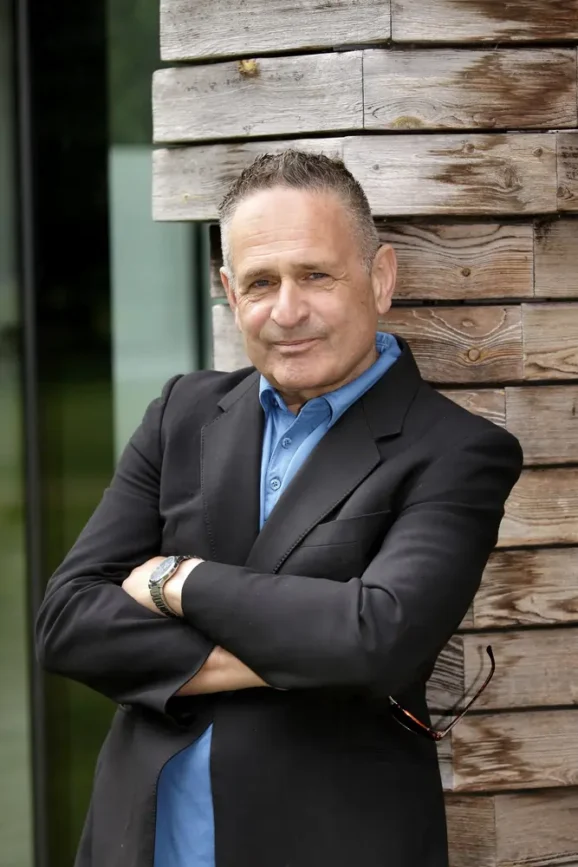
Author Andrew Horn, the son of the great neuroscientist Sir Gabriel Horn and grandson of the socialist peer Baron Soper, is widely regarded as one of the world’s leading experts on traditional Indian and Sanskrit drama whose English translation of the epic 16th-Century Vidagdha Madhava by Rupa Goswami is considered the most accurate ever published. Despite his notable lineage, Andrew chose a different path, becoming a Hare Krishna monk for 20 years. During this time, he was given the name ‘Arjundas Adhikari’, signifying devotion to the hero Arjuna from the Mahabharata. He also appeared on Top of the Pops with Boy George for the singer’s 1991 hit, Bow Down Mister.
Main image © energepic.com/Pexels
Sign up to The European Newsletter
RECENT ARTICLES
-
 The lost frontier: how America mislaid its moral compass
The lost frontier: how America mislaid its moral compass -
 Why the pursuit of fair taxation makes us poorer
Why the pursuit of fair taxation makes us poorer -
 In turbulent waters, trust is democracy’s anchor
In turbulent waters, trust is democracy’s anchor -
 The dodo delusion: why Colossal’s ‘de-extinction’ claims don’t fly
The dodo delusion: why Colossal’s ‘de-extinction’ claims don’t fly -
 Inside the child grooming scandal: one officer’s story of a system that couldn’t cope
Inside the child grooming scandal: one officer’s story of a system that couldn’t cope -
 How AI is teaching us to think like machines
How AI is teaching us to think like machines -
 The Britain I returned to was unrecognisable — and better for It
The Britain I returned to was unrecognisable — and better for It -
 We built an education system for everyone but disabled students
We built an education system for everyone but disabled students -
 Justice for sale? How a £40 claim became a £5,000 bill in Britain’s broken Small Claims Court
Justice for sale? How a £40 claim became a £5,000 bill in Britain’s broken Small Claims Court -
 Why control freaks never build great companies
Why control freaks never build great companies -
 I quit London’s rat race to restore a huge crumbling estate in the Lake District
I quit London’s rat race to restore a huge crumbling estate in the Lake District -
 The grid that will decide Europe’s future
The grid that will decide Europe’s future -
 Why Gen Z struggles with pressure — and what their bosses must do about it
Why Gen Z struggles with pressure — and what their bosses must do about it -
 What Indian philosophy can teach modern business about resilient systems
What Indian philosophy can teach modern business about resilient systems -
 AI can’t swim — but it might save those who do
AI can’t swim — but it might save those who do -
 The age of unreason in American politics
The age of unreason in American politics -
 Digitalization, financial inclusion, and a new era of banking services: Uzbekistan’s road to WTO membership
Digitalization, financial inclusion, and a new era of banking services: Uzbekistan’s road to WTO membership -
 Meet Omar Yaghi, the Nobel Prize chemist turning air into water
Meet Omar Yaghi, the Nobel Prize chemist turning air into water -
 Behind the non-food retail CX Benchmark: what the numbers tell us about Europe’s future
Behind the non-food retail CX Benchmark: what the numbers tell us about Europe’s future -
 Why NHS cancer care still fails disabled people
Why NHS cancer care still fails disabled people -
 Echoes of 1936 in a restless and divided Britain
Echoes of 1936 in a restless and divided Britain -
 Middle management still holds the power leaders need
Middle management still holds the power leaders need -
 Trump and painkillers: The attack on science is an attack on democracy
Trump and painkillers: The attack on science is an attack on democracy -
 The end of corporate devotion? What businesses can learn from Gen Z
The end of corporate devotion? What businesses can learn from Gen Z -
 Britain’s free speech crisis: the weaponisation of complaints and the erosion of police discretion
Britain’s free speech crisis: the weaponisation of complaints and the erosion of police discretion

